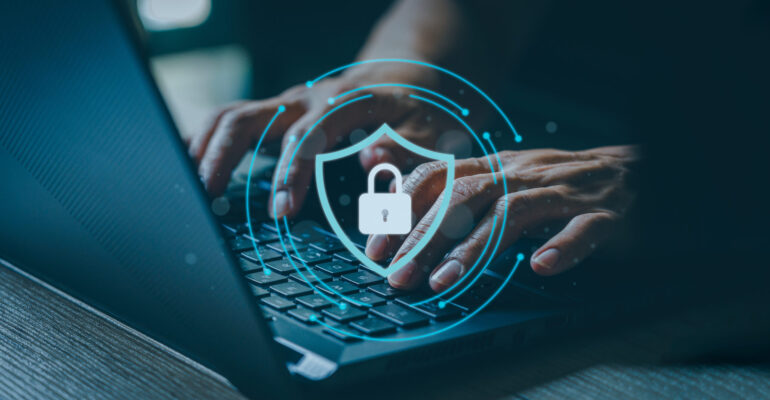Building a Security-First Culture in Your Organization

Building a Security-First Culture in Your Organization
Building a security-first culture in your company is essential for protecting sensitive information and maintaining trust. Executives play a crucial role in demonstrating commitment to security and setting the tone for the rest of the organization. Ensure that the commitment to security starts at the top. Executives and managers should lead by example, prioritizing security in all business decisions and demonstrating that security is essential at all levels.
It Starts with Leadership
Leadership must also demonstrate a commitment to security during the budgeting process. Management must allocate sufficient budget for security tools, training, and personnel and invest in advanced security technologies and infrastructure to protect company assets. Finally, leadership must frequently communicate the importance of security through company-wide emails, meetings, and presentations.
Governance
As the company understands its requirements around security, it’s important to develop Governance and Security Policies to let users know what is expected of them. It’s important to develop and enforce comprehensive security policies and procedures. Follow implementation with regular reviews and updates of security policies to address new threats and organizational changes.
Employee Training
Once you have the company’s requirements, it is important to regularly train employees on security best practices, such as recognizing phishing attempts and using strong passwords. Mandate regular security training for all employees, including themselves. Management must also participate in security training and awareness programs to show that security is everyone’s responsibility. Continuous education helps keep security at the forefront of one’s mind. Critical to this process is open communication about security policies and incidents
Make security a shared responsibility. Empower employees with the tools and knowledge they need to protect company assets. Encourage employees to report suspicious activities without fear of repercussions. As the employees embrace their responsibilities for keeping the company secure, conduct regular security assessments and update policies as needed. Assessments help identify vulnerabilities and ensure that security measures evolve with emerging threats
Visibility
The open sharing of information is essential in a secure environment. Ensure transparent reporting of security incidents and the steps taken to resolve them. Foster an environment where employees feel comfortable reporting security concerns and incidents.
Finally, develop metrics to show that the program is continuously improving. Compile regular updates on the company’s security posture and progress and report to the Board quarterly.
Integrate security practices into everyday business operations. Written practices should include secure coding practices for developers, regular software updates, and secure data handling procedures. Hold yourself and others accountable for adhering to security policies and practices. By following these steps, you can create a robust security-first culture that helps safeguard your company against cyber threats. Integrate security considerations into the business strategy and decision-making processes.
Cybersecurity is a part of business operations
This is by no means an exhaustive list of the programs necessary to implement a security culture. The key is to treat cybersecurity as a critical aspect of business operations. Building the culture is a journey not a goal, it takes regular ongoing effort to build a world class program.
Building the roadmap for a security culture can be time-consuming and requires expertise in risk and compliance programs. Pure IT has deep expertise not only in risk analysis and controls but also in principal cybersecurity frameworks. Contact Pure IT to request a meeting to discuss your programs and areas where we may bring our expertise to bear on your framework and awareness program.
